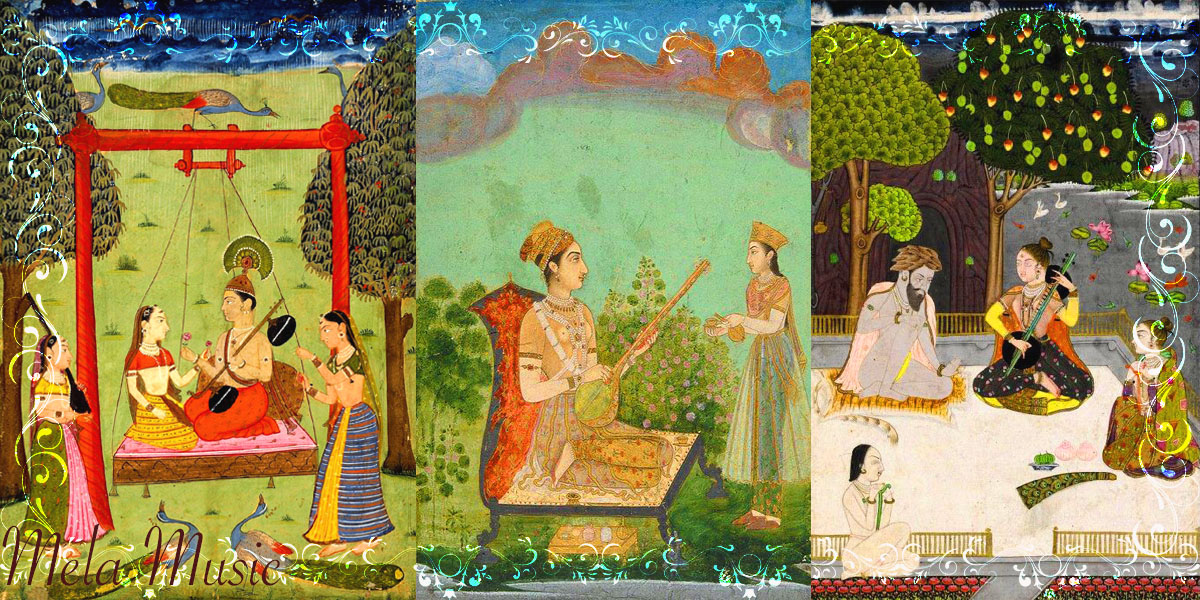
Ragmala, also known as Ragamala or Ragmalika, is a fascinating concept in Indian classical music that involves a series or a garland of ragas. The term “Ragmala” translates to “garland of ragas,” where multiple ragas are woven together in a single performance or composition. Here are some key aspects of Ragmala:
Structure
Ragmala compositions are characterized by the sequential use of different ragas, each blending seamlessly into the next. Each raga in the sequence is typically explored briefly, creating a medley that showcases the unique features of each raga while maintaining a cohesive musical flow.
Purpose
Ragmala serves to demonstrate the artist’s skill and understanding of multiple ragas within a single performance. It is a way to display versatility and mastery over a variety of musical moods and expressions.
Performance
In a Ragmala performance, the transition between ragas is smooth and often improvisational, requiring the performer to have a deep knowledge of each raga’s structure and emotional essence. The transitions are crafted to maintain a coherent musical narrative.
Forms
Vocal Music: In vocal music, Ragmala compositions are sometimes presented in the form of a Khayal or Thumri, where the lyrics might hint at the changing ragas.
Instrumental Music: In instrumental music, Ragmala can be performed on instruments like the sitar, sarod, or flute, with the musician moving through different ragas to create a rich tapestry of sound.
Historical Context
Ragmala compositions have been a part of Indian classical music for centuries. They are mentioned in historical texts and have been depicted in miniature paintings, where visual art was used to represent the musical theme of ragas and their relationships.
Ragmala remains a beautiful and intricate aspect of Indian classical music, highlighting the richness and diversity of its raga system while allowing artists to explore and exhibit their creative prowess.
